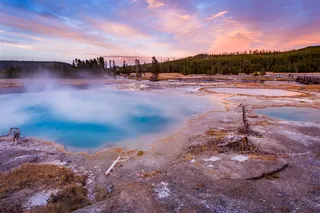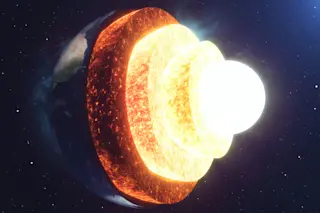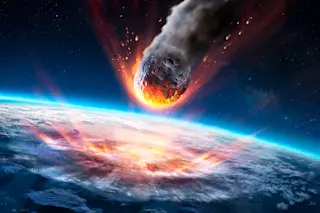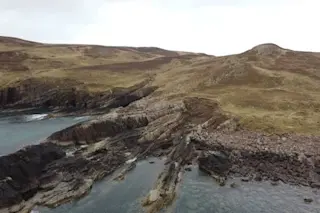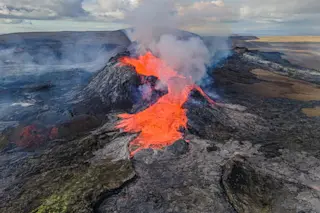Mt. Washington in the White Mountains of New HampshireJose Azel/Getty Images Last week I ran across a fairly provocatively-titled article on Gizmodo that claimed that New Hampshire might have a volcanic future. At first glance, you might think that is click-bait nonsense, but that is far from it. At some point in the geologic future---maybe millions to hundreds of millions of years from now---volcanoes will erupt across eastern North America. It is likely inevitable. However, until recently, we haven't had any geologic evidence of what might (and I emphasize might) be the first sparks that could someday lead to a newly volcanic New England. Now, New Hampshire and all of the northeastern United States has been a very volcanically quiet place for a long time---and by that, I mean we likely haven't had a whiff of volcanism in over 100 million years (contrary to some apocryphal reports of volcanoes in ...
New England Might Not Be Volcano-Free Forever
Explore New Hampshire's volcanic future and the role of the North Appalachian Anomaly in potential subduction zone initiation.
More on Discover
Stay Curious
SubscribeTo The Magazine
Save up to 40% off the cover price when you subscribe to Discover magazine.
Subscribe



